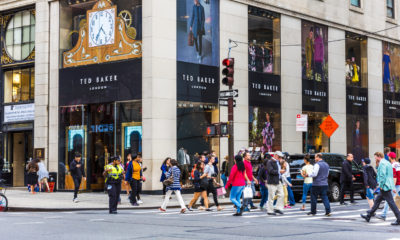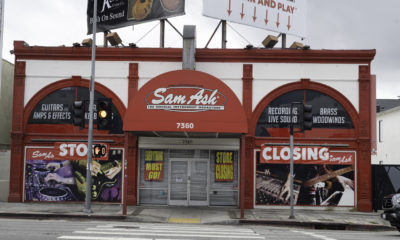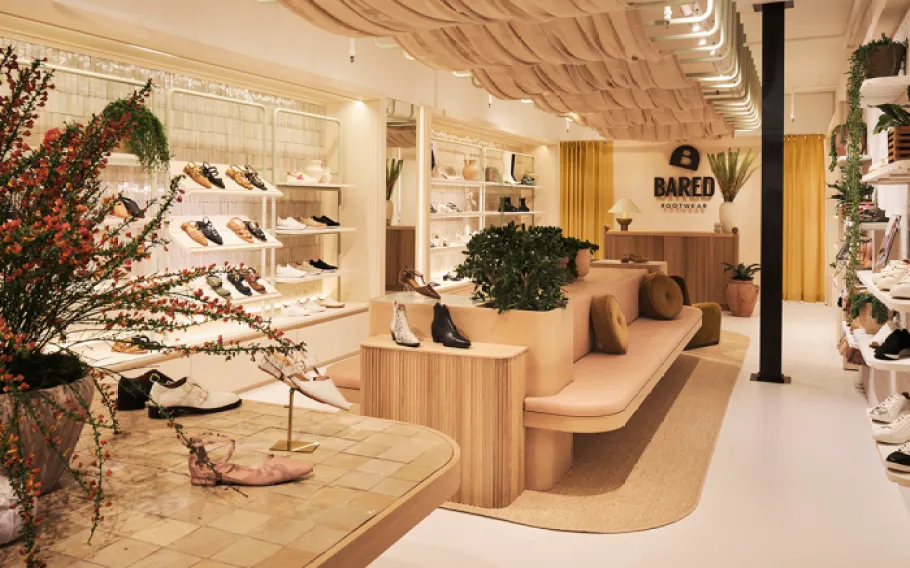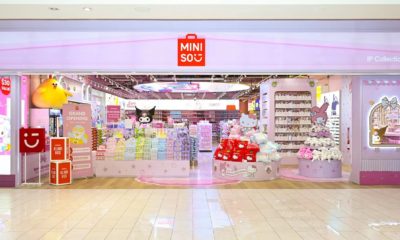According to a report in this morning’s New York Times, a confidential report prepared for senior executives at Wal-Mart Stores Inc. (Bentonville, Ark.) said the retailer’s insistence on low prices, deep merchandise selection and lowest-common-denominator store design format hurt its efforts to move upscale and court a more-fashion-minded shopper.
The report says the chain “is not seen as a smart choice” for clothing, home décor, electronics, prescriptions and groceries, categories the retailer has identified as priorities as it tries to turn around its slipping store sales.
“The Wal-Mart brand,” the report says, “was not built to inspire people while they shop, hold their hand while they make a high-risk decision or show them how to pull things together.”
The document was prepared in October 2006 by the company’s former advertising agency, GSD&M Advertising (Austin, Texas), based on interviews with shoppers.
“Our low prices actually suggest low quality,” said the report, especially for more expensive products like high-definition televisions. Rival Target Corp. (Minneapolis) feels “like the ‘new and improved,’ while Wal-Mart often feels like the ‘old and outdated.’ ”
A copy of the 55-page report was provided to the Times by WakeUpWalMart.com, a union-financed group that publicly criticizes the world’s largest retailer. The group told the Times that a person outside of Wal-Mart gave it the report.
Advertisement
GSD&M, a division of Omnicom Group that has worked with Wal-Mart since 1974, submitted the report as part of an elaborate campaign to remain Wal-Mart’s ad agency. Wal-Mart chose other firms.
A Wal-Mart spokesman said the seven-month-old report was “out of date and, in some areas, it is just plain wrong.” Sales in the chain’s pharmacy, electronics and grocery departments, for instance, are very strong, he said.
Wal-Mart’s rating as a company that consumers trust and respect “steadily declined” over the last two years, the report said, as labor groups and elected leaders criticized its wages, benefits and practices. “While corporate respect may not be a highly rated driver of store choice,” it said, “this intangible quality cannot be underestimated.”
Wal-Mart has said that its own analysis has found that just 0.04 percent of customers have stopped shopping at Wal-Mart because of its reputation.
The report says several other big-box rivals are meeting shoppers’ needs better than Wal-Mart. Best Buy Co. Inc. (Richfield, Minn.), for example, provides “information and knowledge” to help buy electronics, the report says. Kohl’s Corp. (Menomonee Falls. Wis.) provides “a wide selection of brand-name apparel” displayed “in a stylish environment that inspires browsing.” And Bed, Bath & Beyond Inc. (Union, N.J.) has “great displays that provide ideas on how to pull looks together.”

 Headlines1 week ago
Headlines1 week ago
 Headlines5 days ago
Headlines5 days ago
 Headlines1 week ago
Headlines1 week ago
 Headlines2 weeks ago
Headlines2 weeks ago
 Headlines3 days ago
Headlines3 days ago
 Headlines4 days ago
Headlines4 days ago
 Headlines1 week ago
Headlines1 week ago
 Headlines2 weeks ago
Headlines2 weeks ago













